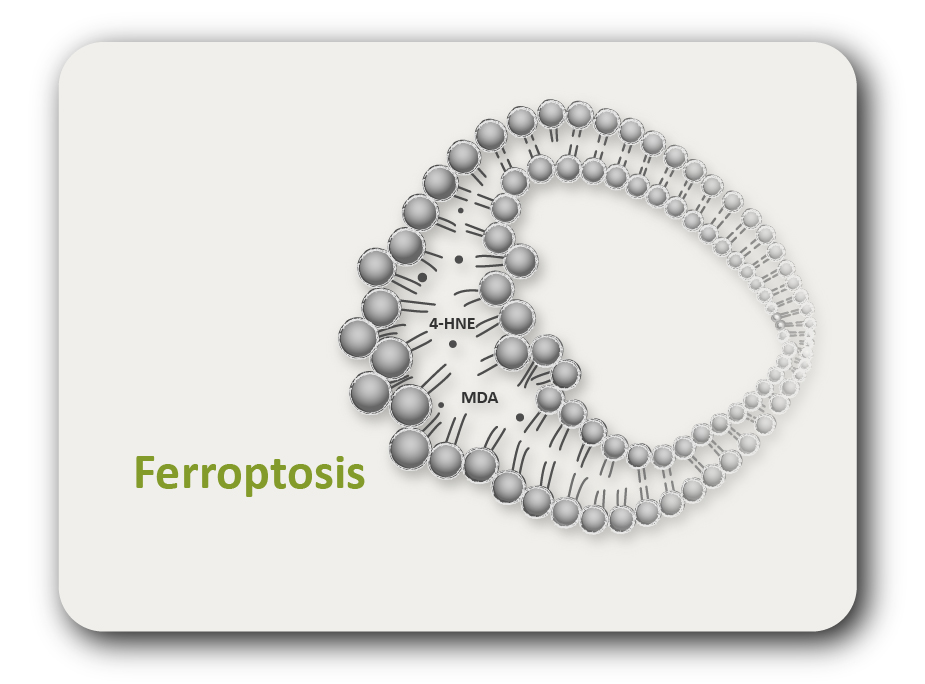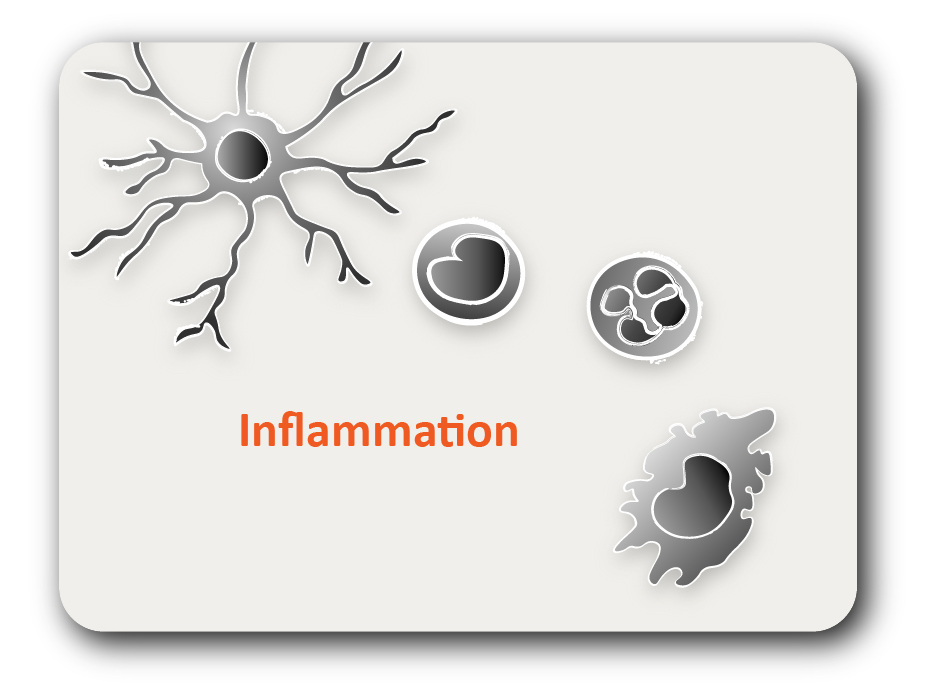ARG45446
anti-PAFAH1B2 antibody
anti-PAFAH1B2 antibody for IHC-Formalin-fixed paraffin-embedded sections,Western blot and Human,Mouse,Rat
Overview
| Product Description | Rabbit Polyclonal antibody recognizes PAFAH1B2 |
|---|---|
| Tested Reactivity | Hu, Ms, Rat |
| Tested Application | IHC-P, WB |
| Host | Rabbit |
| Clonality | Polyclonal |
| Isotype | IgG |
| Target Name | PAFAH1B2 |
| Antigen Species | Human |
| Immunogen | Recombinant protein containing to human PAFAH1B2. |
| Conjugation | Un-conjugated |
| Alternate Names | PAFAH1B2; Platelet Activating Factor Acetylhydrolase 1b Catalytic Subunit 2; Platelet-Activating Factor Acetylhydrolase 1b, Catalytic Subunit 2 (30kDa); Platelet-Activating Factor Acetylhydrolase IB Subunit Alpha2; PAF Acetylhydrolase 30 KDa Subunit; PAF-AH1b Alpha 2 Subunit; PAF-AH 30 KDa Subunit; PAF-AH Subunit Beta; PAFAH Subunit Beta; EC 3.1.1.47 47; Platelet-Activating Factor Acetylhydrolase, Isoform Ib, Beta Subunit 30kDa; Platelet-Activating Factor Acetylhydrolase, Isoform Ib, Subunit 2 (30kDa); Intracellular Platelet-Activating Factor Acetylhydrolase Alpha 2 Subunit; Platelet-Activating Factor Acetylhydrolase IB Subunit Beta; Epididymis Secretory Sperm Binding Protein; Epididymis Secretory Protein Li 303; HEL-S-303; PAFAHB |
Application Instructions
| Application Suggestion |
|
||||||
|---|---|---|---|---|---|---|---|
| Application Note | * The dilutions indicate recommended starting dilutions and the optimal dilutions or concentrations should be determined by the scientist. | ||||||
| Observed Size | 26 kDa |
Properties
| Form | Liquid |
|---|---|
| Purification | Affinity purified |
| Buffer | 0.2% Na2HPO4, 0.9% NaCl and 4% Trehalose. |
| Stabilizer | 4% Trehalose |
| Concentration | 0.5 mg/ml |
| Storage Instruction | For continuous use, store undiluted antibody at 2-8°C for up to a week. For long-term storage, aliquot and store at -20°C or below. Storage in frost free freezers is not recommended. Avoid repeated freeze/thaw cycles. Suggest spin the vial prior to opening. The antibody solution should be gently mixed before use. |
| Note | For laboratory research only, not for drug, diagnostic or other use. |
Bioinformation
| Database Links | |
|---|---|
| Gene Symbol | PAFAH1B2 |
| Gene Full Name | Platelet Activating Factor Acetylhydrolase 1b Catalytic Subunit 2 |
| Background | Platelet-activating factor acetylhydrolase (PAFAH) inactivates platelet-activating factor (PAF) into acetate and LYSO-PAF. This gene encodes the beta subunit of PAFAH, the other subunits are alpha and gamma. Multiple alternatively spliced transcript variants have been described for this gene. [provided by RefSeq, Jan 2014] |
| Function | Alpha2 catalytic subunit of the cytosolic type I platelet-activating factor (PAF) acetylhydrolase (PAF-AH (I)) heterotetrameric enzyme that catalyzes the hydrolyze of the acetyl group at the sn-2 position of PAF and its analogs and modulates the action of PAF. The activity and substrate specificity of PAF-AH (I) are affected by its subunit composition. The alpha2/alpha2 homodimer (PAFAH1B2/PAFAH1B2 homodimer) hydrolyzes PAF and 1-O-alkyl-2-acetyl-sn-glycero-3-phosphorylethanolamine (AAGPE) more efficiently than 1-O-alkyl-2-acetyl-sn-glycero-3-phosphoric acid (AAGPA). In contrast, the alpha1/alpha2 heterodimer(PAFAH1B3/PAFAH1B3 heterodimer) hydrolyzes AAGPA more efficiently than PAF, but has little hydrolytic activity towards AAGPE. [UniProt] |
| Cellular Localization | Cytoplasm. [UniProt] |
| Calculated MW | 26 kDa |
| PTM | Acetylation; Phosphoprotein. [UniProt] |
Images (4) Click the Picture to Zoom In
-
ARG45446 anti-PAFAH1B2 antibody WB image
Western blot: HEL stained with ARG45446 anti-PAFAH1B2 antibody at 0.5 μg/ml dilution.
-
ARG45446 anti-PAFAH1B2 antibody IHC-P image
Immunohistochemistry: Rat colon stained with ARG45446 anti-PAFAH1B2 antibody at 2 μg/ml dilution.
-
ARG45446 anti-PAFAH1B2 antibody IHC-P image
Immunohistochemistry: Mouse colon stained with ARG45446 anti-PAFAH1B2 antibody at 2 μg/ml dilution.
-
ARG45446 anti-PAFAH1B2 antibody WB image
Western blot: Mouse testis stained with ARG45446 anti-PAFAH1B2 antibody at 0.5 μg/ml dilution.





